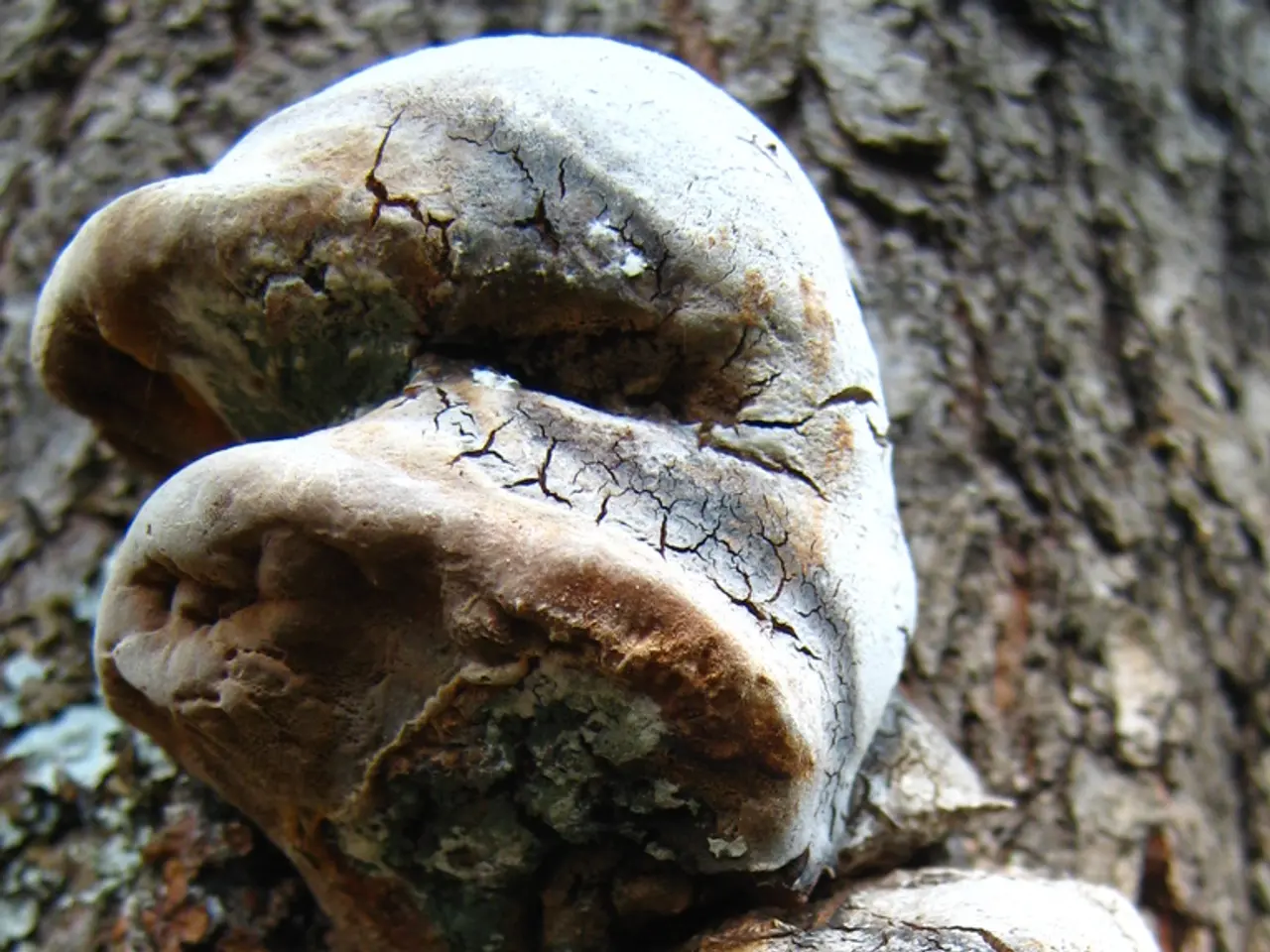Soil Mold in Question: Is It Beneficial or Harmful for Plants?
White mold on plant soil is a common issue faced by gardeners, often caused by fungal growth in overly moist, poorly drained, or compacted soil conditions, high humidity, and poor air circulation. This article provides a list of preventative measures, removal techniques, and general tips to help combat white mold and keep your plants healthy.
Common Causes of White Mold
The primary causes of white mold include:
- Overwatering or poor drainage: Consistently wet soil is an ideal environment for mold growth.
- High humidity and limited airflow: Fungal spores thrive in damp, poorly ventilated conditions.
- Use of contaminated soil or pots: Soil or pots that harbor fungal spores can lead to mold infestations.
- Cool to moderate temperatures combined with moist conditions: These conditions promote the germination of sclerotia (fungal survival structures), which can cause white mold.
Preventative Measures
To prevent white mold, consider the following practices:
- Water plants from the bottom: Avoid oversaturation by watering plants from the bottom rather than top-watering.
- Allow the soil surface to dry between waterings: Persistent moisture encourages mold growth.
- Improve air circulation: Space plants adequately and use fans indoors to promote airflow.
- Use sterilized or fresh potting mix and clean containers: Avoid introducing fungal spores by using clean growing materials.
- Remove plant debris and dead leaves regularly: Eliminate fungal reservoirs by cleaning the soil surface.
- Avoid excessive nitrogen fertilization: Weakening plants increases their susceptibility to disease.
Removal and Treatment
If white mold has already appeared, take the following steps:
- Gently scrape or remove the white mold from the soil surface: This reduces the fungal presence.
- Adjust watering habits to prevent waterlogging: Overwatering should be avoided to prevent mold growth.
- Increase airflow and reduce humidity around plants: Stagnant air allows humidity and mold spores to build up.
- In some cases, fungicides may be used to treat fungal diseases like Southern blight or white mold in crops. However, this is less common in home soils and should be employed carefully, following product guidelines.
- Organic fungicides like neem oil or potassium bicarbonate can help with related fungal infections, but are more for foliar treatments than soil mold.
General Tips
- Increase your plant's exposure to sunlight, as most types of mould thrive in dark, damp environments.
- To prevent mould, avoid overwatering your plants and water them only when the top few inches of soil are dry.
- Use a well-draining potting mix and ensure your plant container has drainage holes.
- UV radiation from the sun helps inhibit mould growth, so ensuring your plant gets enough sunlight can help prevent mould.
- White mould on plant soil is usually a saprophytic fungus feeding on decaying organic matter.
- Poor light conditions can also cause mould, as they prevent the soil from drying out. If your plant isn't getting enough light, you may need to move it to a brighter location or provide additional light through artificial means.
- Legumes are beneficial for soil health and fertility.
- White mould is caused by dampness, either from soggy soil or humid air. Remove dead plant material to prevent decomposing matter from encouraging mould growth.
- To get rid of mould, options include scraping it off, adding a fresh layer of potting mix, using a natural fungicide like cinnamon or a mixture of baking soda and water, or repotting the plant with fresh soil.
- Stagnant air allows humidity and mould spores to build up, so ensuring adequate ventilation is important. Poor light conditions can cause mould, especially for plants grown indoors, by preventing the soil from drying out.
- To maintain soil health and prevent white mold, employ health-and-wellness practices such as watering plants from the bottom, allowing soil to dry between waterings, and using sterilized soil and clean containers.
- For those interested in health-and-wellness and fitness-and-exercise, understanding the science behind white mold can help in combat strategies, which involve proper nutrition, air circulation, and water management.




